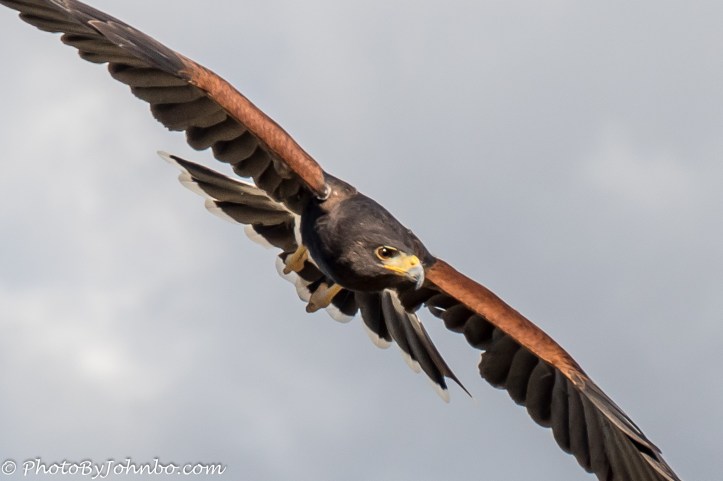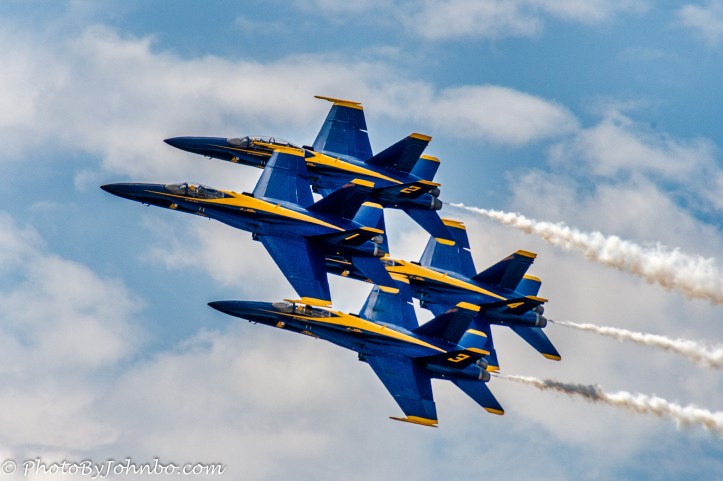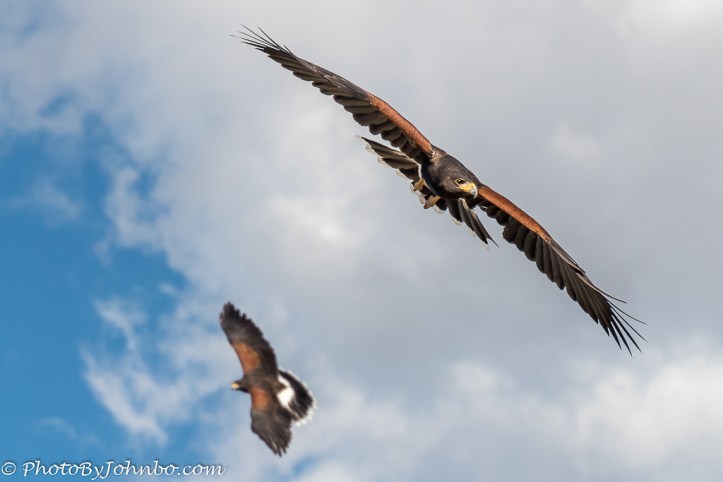As I’ve branched out in photography from landscape to other types of photography, I’ve added new, more versatile tools to my camera bag. In late 2016, I made my biggest photo investment in a new camera body, the Nikon D500. Reviewers at the time heralded its capabilities in action and wildlife photography. In my nearly two years of ownership, I haven’t taken the opportunity to focus much on either genre, but I have at least taken advantage of the camera’s power in these areas. If you’re looking for a review here, you’ll be disappointed. My only purpose here is to share some images I’ve considered successful and probably not likely to be duplicated with my other cameras.
My best use of the camera came in January, 2017 when I tried my hand at rodeo photography. Having never before attempted anything like shooting a rodeo, the camera made me look like a pro. The image above of the rodeo bullfighter and an angry bull on the fly would have only been a very lucky shot with my older cameras. That’s because the D500 can deliver 200 shots at 10 images per second if you so choose. From reviewing the collection of images, I discovered that a bull can remain aloft with all four feet above the ground in four to five images. I have the opportunity to pick the best shot of the sequence. Once selected, the remaining images can hit the bit bucket.
Birds on the wing are hard to capture without a good automatic focusing system that can track moving objects. This shot of harris hawks on the hunt, captured at Tucson’s Arizona Sonoran Desert Museum Raptor Demonstration was captured in conjunction with the Tamron 16-300 mm zoom lens. The image below is a close crop of the image above done to show that the D500 hit focus perfectly on the eye and beak this hawk in flight even though he was moving at a very high rate of speed across the sky. I still haven’t mastered all the options of the auto focus system on the camera, but I have learned how to set it to a small area of the camera’s viewfinder. The system quickly locks on and tracks a moving object as long as you keep the subject within the bounds of that area. You can adjust the size of the area quickly as well, should the need arise. 
In previous years, I’ve enjoyed shooting images of the Blue Angels in flight. The Tamron lens does a nice job of bringing the aircraft closer, and judicious cropping brings the aircraft larger in the frame. Since the D500 is not a full-frame camera, it’s smaller sensor doesn’t support tightly cropped and highest resolution at the same time. As the majority of my shots end up here or on other shared Internet media, the resolution and sharpness are certainly adequate for the job. 
Prior to the D500, though, the one type of shot that eluded me included those of the two opposing aircraft coming at each other. Catching two high speed jets just as they crossed paths depended highly on luck, and I was always out of that capacity. With the D500 in continuous high speed mode, I could lock onto one of the aircraft as it approached and follow it to lock focus. As it neared the point where the two aircraft would pass each other, I simply held the shutter down while continuing to follow the one aircraft. Examining the sequence of images, I found at the rate of 10 images per second that there would be at least one frame where both aircraft were in the frame as was the case in the image below.
The gallery of images below features several shots taken with the D500 at different venues, all of which required a high shutter speed to stop the action and capture a small moment in time. In most browsers, you can click on one of the images in the gallery to enlarge it and to scroll through the images.
John Steiner
















Excellent action shots! You have truly mastered it!
Thank you, my friend!
These action captures are remarkable! The clarity is amazing.
Thanks. Much credit to the camera!
ACTION! Well played. I’ve enjoyed your immersion in action photography and hope it continues.
I love rodeo but most venues have an exorbitant license fee so I have to try other outlets.
Nice work, my friend
Thank you!
I can’t express enough how impressive these images are, John! The intense look in that raptor’s eye!
Thank you!
Nice photos and excellent commentary. Thanks!
Thanks… and thank you for stopping by and commenting!
Excellent job with the Black & White rodeo photos.
Thank you and thanks for stopping by.